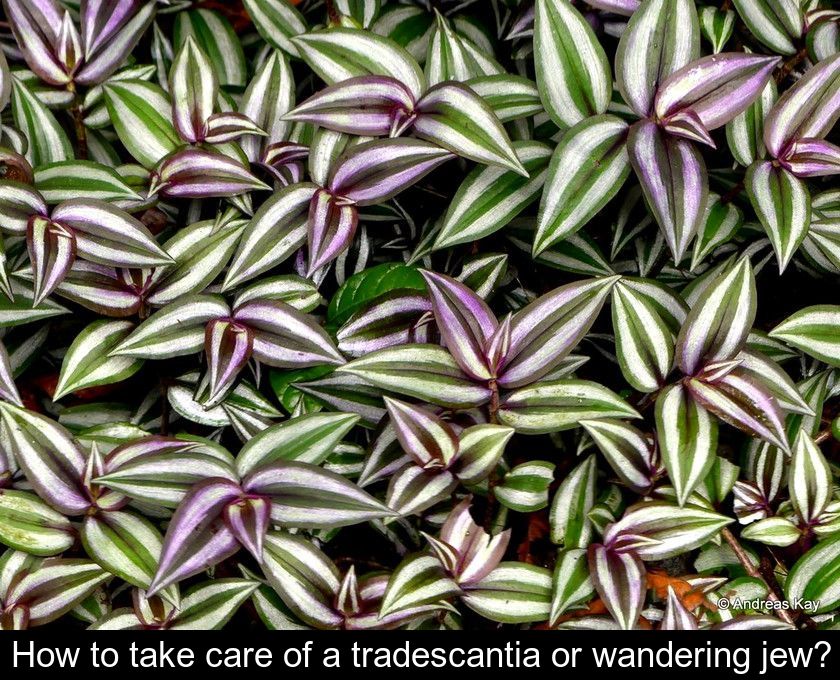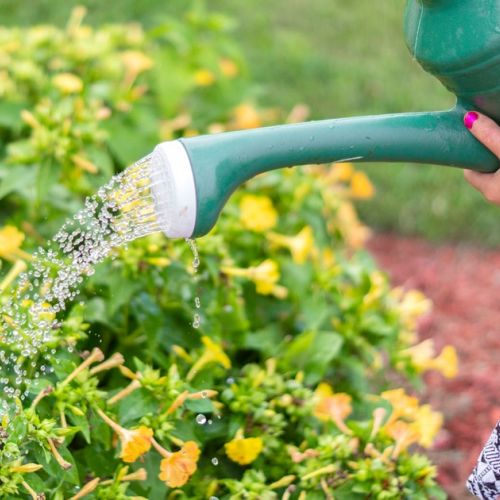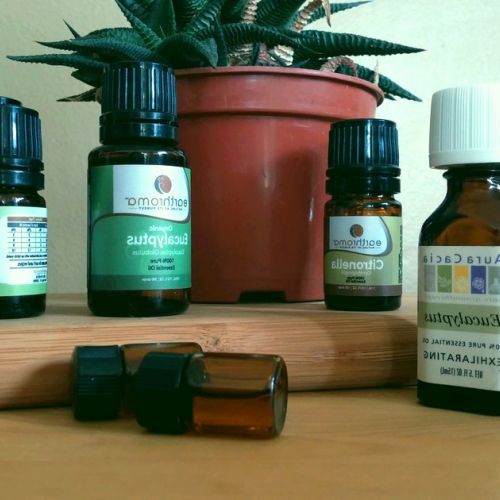How To Take Care Of A Tradescantia Or Wandering Jew?
Despite its nickname "misery," the tradescantia is an easy-going indoor plant that does not bring bad luck! On the contrary, its beautiful graphic foliage brings cheerfulness to the house with its lovely colors. We will explain how to take care of this ideal plant for beginner gardeners.
1- Which variety to choose?
There are nearly 70 different species of the Tradescantia genus. One of the most common indoor plants is Tradescantia zebrina, also known as wandering jew.
You can also find Tradescantia fluminensis at garden centers, with light green leaves and purple undersides. These two species come in multiple varieties, with leaves in various colors: green, pink, cream, bronze, silver, or striped with yellow.
Lastly, there is Tradescantia pallida, sometimes called "purple heart" for its violet foliage.
In this plant family native to North and South America, choosing a variety is usually driven by a love for the plant's appearance. Choose the foliage that you like the most, without worrying about the variety, as all of them are very easy to grow. Just make sure your plant has many stem starts so that it becomes bushy.
2- Where to place a Tradescantia?
It is preferable to place the tradescantia in a bright room. Bright exposure ensures rapid growth and foliage with more nuanced colors.
If your misère becomes all green when it initially had pretty variegated colors, it is because it lacks light. Find it a brighter location. However, be careful not to expose it to direct sunlight, especially in summer!
As for temperatures, misère can tolerate cold temperatures up to about 12°C and thrives at a temperature between 15°C and 22°C. That is why it is generally grown as an indoor plant in our latitudes.
3- How to take care of a Tradescantia?
The Tradescantia or spiderwort is a sturdy plant that will withstand all the little miseries you could inflict upon it. The most important care gesture is to properly regulate watering according to the season.
In spring and summer, water regularly because the soil should never completely dry out. However, make sure to let the top layer of soil dry out about 2 cm between each watering.
In winter, you can space out the watering. To determine how often to water a tradescantia, monitor the leaves at the base of the plant:
• if they start to dry out, your plant needs water.
• on the contrary, if the leaves at the base of the plant start to turn yellow, you are watering too much and this excess water may cause the stems to rot.
4- How to prune a Tradescantia?
Tradescantias are plants that grow very quickly, even in winter. The stems tend to thin out and elongate, eventually hanging sadly over time, hence the nickname "misery"!
If your plant starts to become leggy and sad-looking, you need to prune it to maintain a certain harmony. Pruning helps to bush out the plant by encouraging branching. Take this opportunity to remove damaged leaves and clean the foliage with non-calcareous water.
You can also take advantage of pruning to propagate your plant. To take cuttings, cut stems that have a node. Then, simply place this node in room temperature water or directly transplant it into suitable soil, making sure to keep the substrate moist.
Note: It is completely normal for the stems of your Tradescantia to break, as this is how the plant reproduces. Feel free to collect the broken stems, as they are cuttings that the plant offers you!
5- How to repot a Tradescantia?
Due to the rapid growth of this plant, it is necessary to repot a tradescantia every year in early spring.
For repotting the tradescantia, it is recommended to:
- choose a slightly larger pot than the previous one.
- scratch the roots to remove as much of the old substrate as possible.
- fill the new pot with a light substrate composed of 3/4 potting soil and 1/4 sand.











